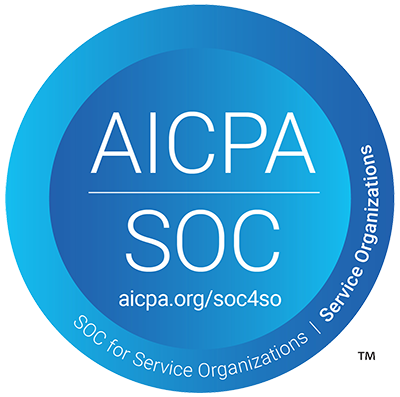Signs and Symptoms of Unhealthy Work Habits
Many employers are rightfully concerned about substance use disorder amongst their workforce. They also may consider the workplace ramifications of gambling and internet-related addictions, such as games and social media; these have relatively visible negative effects. Plus, they’re increasingly making headlines (such as recent news of a California employee embezzling millions to fund a gaming addiction).
But when it comes to other addictive behaviors, many employers are either in the dark or scratching their heads (and who can blame them, addiction is complex stuff!). Workaholism is a prime example. Doesn’t that sound like an ideal problem for employers to have—workaholism?! Not so fast. There’s a lot of misunderstanding about what workaholism is and isn’t. Let’s clear it up.
What do we mean by “workaholic”?
Not the same thing as a healthy hard worker or high performer! It’s a catchy term that gets thrown around a lot, but “workaholic” as researchers define it is as an obsessive-compulsive attachment to work. The term isn’t explicitly classified in the DSM (the holy grail of the American Psychiatric Association), but scientists are exploring it in the realm of addiction1 and have found links to OCD, anxiety, ADHD, and depression.
What type of person becomes a workaholic?
Perfectionistic and narcissistic personalities may be more prone to workaholism. Workaholism doesn’t discriminate by gender, though a study found women reporting higher levels of workaholic behaviors associated with lower well-being (e.g. stress, perfectionism).
What are the symptoms?
Workaholism is characterized by working compulsively and excessively. Like other addictions, workaholism rolls in with an entourage of core elements; salience, mood modification, tolerance, withdrawal, conflict, relapse, and problems. Key criteria align accordingly:
-
Salience: Work takes up a lot of attention, time, and energy, even during off hours (not being able to “check out”)
-
Mood modification: Working relieves guilt, anxiety, helplessness, or depression or get an otherwise emotional boost
-
Tolerance: Never being satisfied with the amount of work put in and needing to work more to achieve desired mood modification
-
Withdrawal: Physical and mental agitation when not at work
-
Conflict: Working creates personal stress and conflict with other areas of life
-
Relapse: Lapses into previous workaholic levels after periods of control
-
Problems: Working is creating problems like physical health issues
What are the consequences for individuals?
Workaholic behaviors take quite a toll. They’ve been linked to physical health issues like insomnia and heart disease, as well as a number of other negative outcomes including:
-
Reduced life, family, and job satisfaction
-
Overall burnout
-
Cynicism, emotional exhaustion, and depersonalization
-
Increased work life conflict
-
Reduced mental/emotional health
How does workaholism impact work quality?
A 2016 research meta-analyisis showed no significant correlations between workaholism and improved work performance. In other words, all that preoccupation with work comes with very little benefit to the employer. In fact, workaholism is associated with increased counterproductive work behaviors and job stress, and even increased coworker stress!
But isn’t a workaholic employee an engaged employee?
No! They aren’t synonymous and have different motivational underpinnings and very different emotional experiences. Employee engagement is related to positive emotions at home and at work like joviality and self-assurance; workaholism on the other hand relates to negative emotions like guilt, anger, and disappointment.7
What can employers do to manage workaholism?
Case-by-case treatments as well as organization-wide initiatives for prevention are important, as confirmed by a recent meta-analysis study of burnout in the healthcare industry. Put policies in place to ensure work-life balance, such as mandated rests and vacations. The finance industry saw a lot of these roll out after an intern’s infamous death of exhaustion in 2013; for example, this year J.P. Morgan created a new “Pencils Down” policy to force investment bankers take weekends off under certain circumstances.








